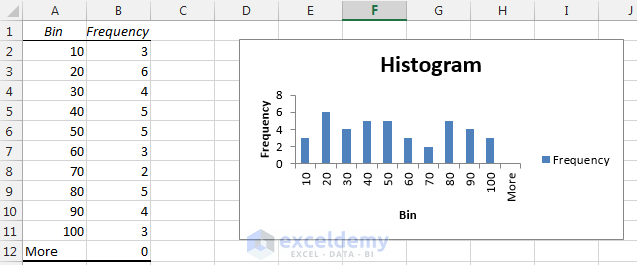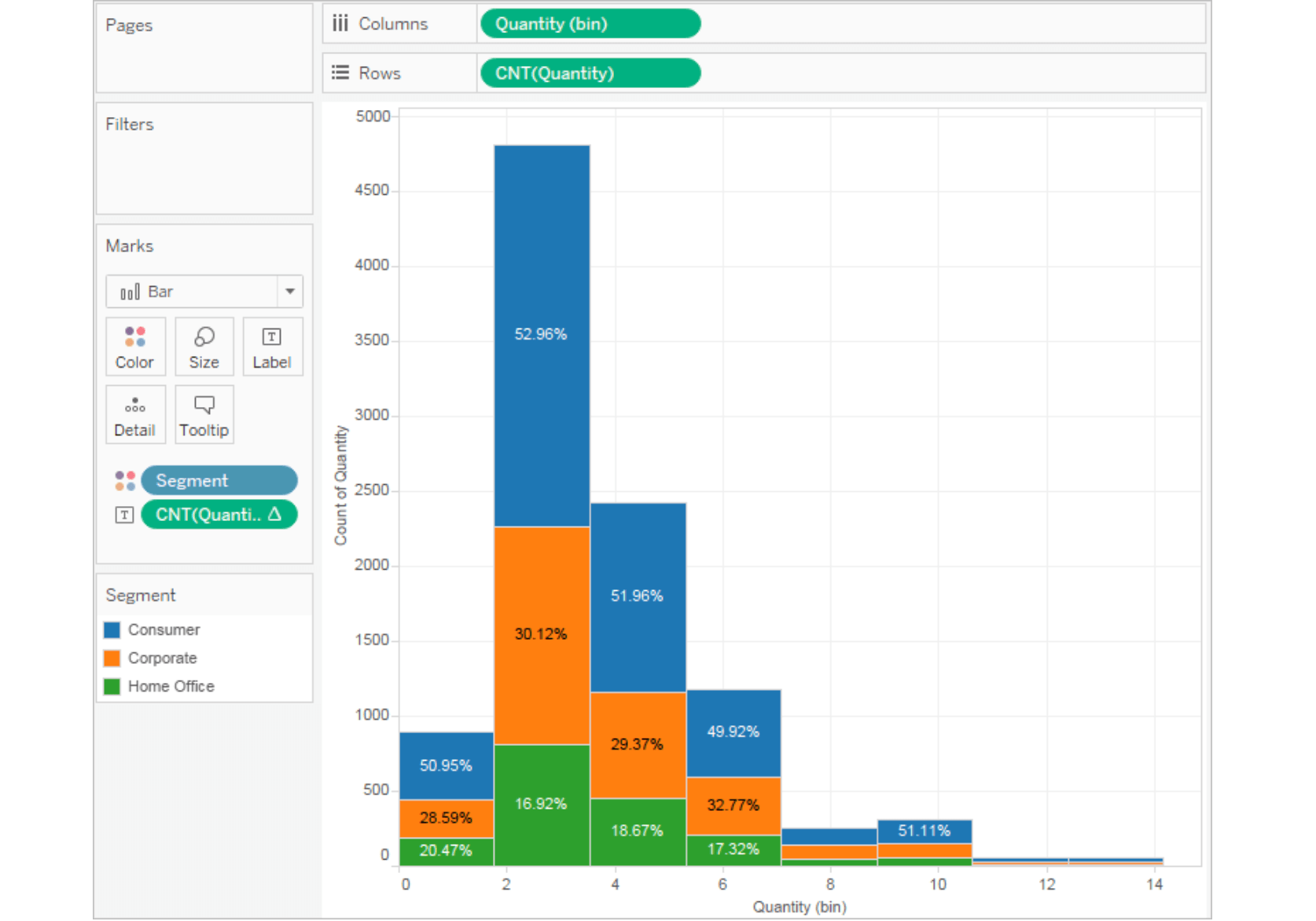
Using the bell curve approach, the marks of students are converted into percentiles that are then compared with each other. To keep the comparison fair and keep the competitive spirit alive, a bell curve is often used to evaluate performances (at least that’s how it was when I was in college).


However, using it, you can not differentiate between someone who got 81 and someone who got 95 (as both would get the A grade). Now there is nothing wrong in this kind of grading system. But since you set a really easy paper, everyone scored above 80 and got the A grade. According to your grading system, anyone who gets above 80 out of 100 gets an A grade. Suppose you have a class of 100 students that appear for an exam. This means that even if your team is the best team ever and you’re all superheroes, only a handful of you would get the top rating, most of the people in your team would get an average rating, and a handful will get the lowest rating. Suppose you work in a team of 100 members and your manager tells you that your performance will be relative to others and will be evaluated on the bell curve.
#How to put a bell curve on a histogram in excel 2016 how to
Now before I jump in on how to create a bell curve in Excel, let’s get a better understanding of the concept by taking an example.

It is often used during employee performance appraisals or during evaluation in exams ( ever heard – “You will be graded on the curve?”). In the bell curve, the highest point is the one that has the highest probability of occurring, and the probability of occurrences goes down on either side of the curve. A bell curve (also known as normal distribution curve) is a way to plot and analyze data that looks like a bell curve.


 0 kommentar(er)
0 kommentar(er)
